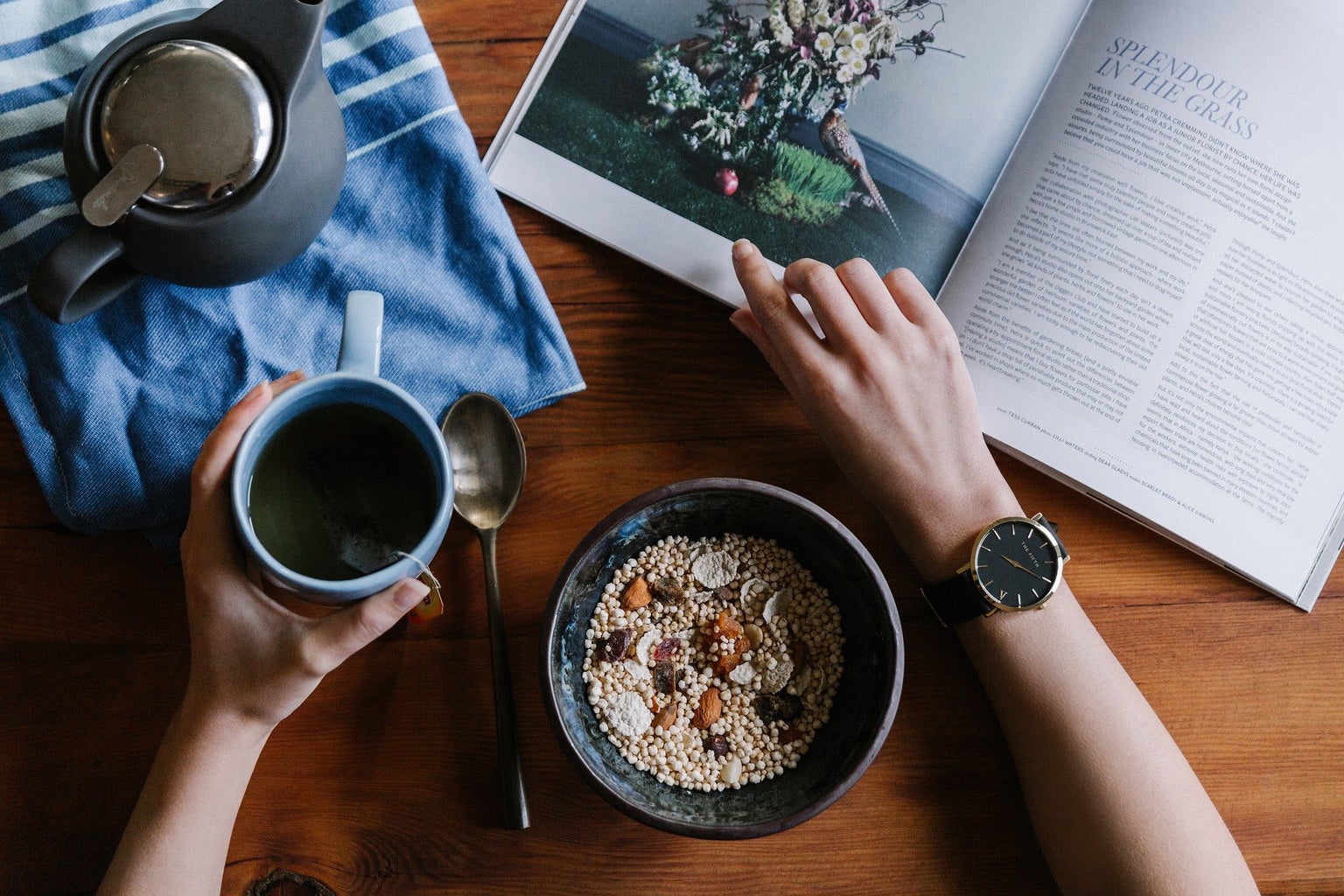The Journey to Sustainability is a Her Campus uOttawa series by Yasshna Pandit, exploring the path to living a greener life with helpful tips and tricks.
Sustainability: meeting the needs of the present without compromising the ability of the future generation to meet their needs. Although this concept may seem like another 21st century buzzword, in reality it’s a lifestyle, and it’s important that we try our best to follow it – now more than ever. You might be thinking, “I know what sustainability means, and I want to try it, but having a sustainable lifestyle is too expensive and difficult.”
It’s safe to assume that everyone is aware of the many ways humans have caused damage to our precious Earth, and the potentially permanent consequences this impact will have. Thanks to climate change, ocean temperatures are quickly rising, and we’re seeing an increase in intense global weather events. Not to mention, we’re living through some of the hottest years in decades.
These facts alone should be enough to convince us to make environmentally conscious decisions. As a bonus, the introduction of new technology and innovation in the eco-friendly products space makes it easier than ever to make greener choices, without the added burden of having to empty your wallet.
In this HCUO series, I am going to help you navigate how just a few small changes and a fixed budget can help you live a more eco-friendly life. I am here to show you that even a small choice is one step closert to a world sustainable world.
The easiest place to start your journey is – in my opinion – the kitchen! While you probably won’t be able to make an overnight change, the guide below will help you kickstart your new green lifestyle.
Products and Materials:
When planning changes to your kitchen space, start-off by listing products that can be swapped or eliminated in exchange for eco-friendly versions. Consider the environmental impact of these things, all the way from production to its final disposal. While doing so, it’s important to consider not only the resources used in its production, but also the lifespan of the material used. For example, if you have been using a plastic bottle for more than its intended time, it is time to toss those bottles into a recycling bin. These bottles are single-use products made of polyethylene terephthalate (PET), a plastic that can leach chemicals and can lead to bacteria growth; you may even start smelling a foul odor from these bottles. Investing in a sturdy metal bottle will be safer, cleaner, will have a longer life, and may cost you less in the long run.
Major changes include swapping out single-use items to reusable ones. An easy place to start is making the switch from plastic containers to glass containers. Glass containers are easier to recycle, and have less impact on the environment when discarded. Aesthetically, they’re a top choice for that organized-kitchen look, too.
Before you toss anything out though, keep in mind that sustainability is also about using what you already have. Rather than sending all your plastic containers to landfill when swapping them out for glass, try upcycling them. They make great planters for houseplants or can be used in your garden, for example!
Sustainable Cooking:
The way we prepare our meals and the foods we eat also have an impact on the environment. Paying attention to how we prepare the food, the way we store it, what we eat and what we do with the leftovers are all part of this process.
While you’ll often hear about changing what you cook as a way to become more eco-friendly, the truth is that sustainable cooking starts in the grocery store, not in your kitchen. The way the food you eat is produced can be one of the biggest determinants of the your own impact on the environment. As often as you can, look for products that are local or in season. Why is this helpful? A shorter shipping distance means less carbon emissions were made in the production of your meal.
Paying attention to buying only the amount of food that you will really use is also important, as it decreases the amount of waste produced in your kitchen. If over-buying at the grocery store is something you run into a lot, try learning to compost. Choose a basket or bin, and simply put all your peels and scraps in it. Once you have that part down, there are a bunch of different techniques to turn your food waste into fertilizer, from mixing it with worms to just leaving it to biodegrade on its own. With spring on it’s way, composting can provide you with a nutrient-rich (and free!) boost for your garden or plants.
In terms of cooking, steps you can take include preparing meals more sustainably by reducing the use of electricity while cooking and avoiding wasting water.
Being sustainable ultimately comes down to the choices you make. It can be a bit overwhelming at first, but it’s totally possible – even on a college budget. The kitchen is the heart and hub of our homes, and that makes it a good place to start implementing these changes.
It’s not expected that you become the perfect eco-warrior overnight; nobody can do that! All you need are a few small, thoughtful and adaptable lifestyle choices to set you on the right path. Going green isn’t just a fad; it’s a new normal for so many of us, and it’s way more accessible than people think.
Our planet is our only home. If we spoil it, we have nowhere else to go. We can all benefit from cleaner, more resource-friendly products, so why not give sustainability a try?




